Peking University, January 11, 2021: Wandering into campus through the West Gate of PKU, strolling up the stone bridge, walking past the lawn and looking around, the first thing that one may notice is a pair of stone columns, purely white, smoothly carved out of marble. Those two structures might ring the bells in visitors’ minds—aren’t they the same as the pair in front of Tiananmen Square? Yes. These marble columns are called Huabiao or the ornamental columns, which embodies the combination of intricate carving and rich imagination, at the same time exemplifying the spirits and aesthetics of ancient Chinese people.
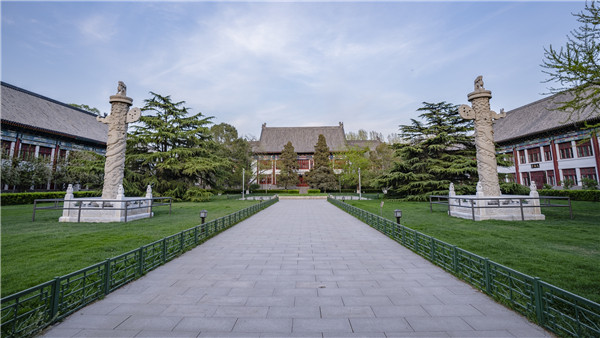
Huabiao in PKU campus
After observing them for several seconds, one’s mind may be full of questions. What is their function? Who built them and how did they come here? It might take some time for one to figure that out themselves since it is a long story, after all.
According to Chinese folklore, dating back to ancient times around 2,300 B.C, there was one great Chinese ruler named Yao. Yao was a broad-minded ruler and welcomed opinions from his people. In order for everyone to express themselves more conveniently, he set up wooden columns beside the main roads with a board hanging over the top. It served two main purposes: one was to offer people a place where they could express their opinions and complaints about the ruler, the other was to act as a traffic sign. Later in the Han Dynasty around 200 B.C, the wooden columns were replaced by stone ones. At that time, Chinese emperors had established a highly-efficient bureaucratic system so the need of direct communication between the emperor and his people was unnecessary. Huabiao had since then become a symbol, standing outside the palace, reminding the rulers to love, respect, and be open to his citizens.
One column can be divided into three parts: the head, the body and the bottom. The plate-shaped head is called “Chenglupan” which means the dew-collecting plate. According to Chinese folk tales, Emperor Wu of Han Dynasty once had a bronze stature of a plate to collect rain from tian (the sky), referencing the highest tier in Chinese philosophy. He believed that rain could make him immortal. Gradually, that part was integrated into Huabiao. On top of the plate usually stands a beast called “Wangtianhou”, which in Chinese mythology, is one of the Nine Sons of Dragon. It usually sits peacefully and watches passers-by down below, seemingly waiting for something unknown. If you have ever been touring around Beijing, you would notice that there are two pairs of Huabiao on the inside and onside of Tiananmen Square. In ancient times, those divine beasts of Huabiao inside Tiananmen Square face the north, implying that the ruler should not indulge in luxury but to go out, learn, and understand the current situations on his territory. The divine beasts of Huabiao outside the Square face the south, indicating that the emperor should return to his post as soon as possible.
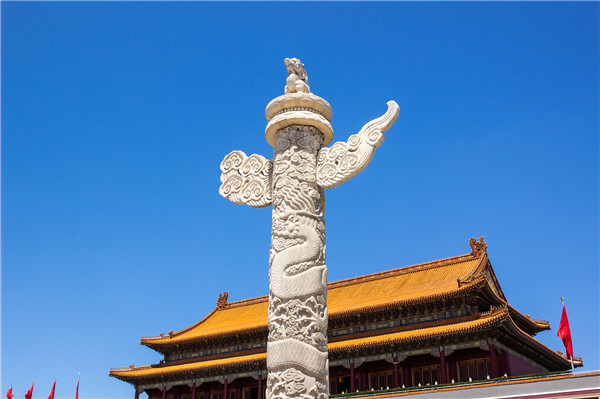
Huabiao outside of Tiananmen
On the body of Huabiao, flying dragons with the cloud pattern are carved. Dragon, in Chinese mythology, symbolizes the divinity and authority of the emperor. You might also notice that at the juncture of the head and the upper body portion, a pair of wings are also attached at both sides. These wings are called “Feibangmu”, which are once served as platforms to collect public opinions, as Yao’s story tells us.
Ancient Chinese people shared the philosophy that “the tian (sky) above the head is round and the land under the feet is square.” Therefore, at the bottom of each Huabiao you can see that it is square-shaped, usually referred to as the “Buddhist-style base” and often carved with lotus-petal engravings.
The pair of Huabiao on PKU campus, however, contains an interesting story that is barely known to the public. The truth is, the two standing abreast are not actually a “pair”. After the collapse of the Qing Dynasty, the Old Summer Palace was left with nothing but relics. Many people tried to reuse the stones that were left abandoned, and those two Huabiao columns came from this origin. When three respective Huabiao columns were first brought into this campus, then Yenching University campus. As the vice president, John McGregor Gibb, was on his way to collect the fourth one, he was stopped by the government and the column got confiscated. Later, however, people found out that the one taken away from Gibb was the same one that appeared outside of Tiananmen Square. A couple of years later, in 1931, the new branch of Peiping Library at Wenjing Street was built and it needed another Huabiao to form a pair. The three Huabiao at PKU immediately came into the governors’ mind, and he ordered one to be picked out from the three to form a pair with the one present at the Peiping Library. However, an accidental mishap occurred and they picked the wrong one. Nowadays, only two Huabiao columns remain at PKU, each coming from a different set of Huabiao. If you observe closely, you would notice that the columns of the two differ in shape. Even then, their minor differences make it easy for passers-by to consistently mistake the two Huabiao as a pair.
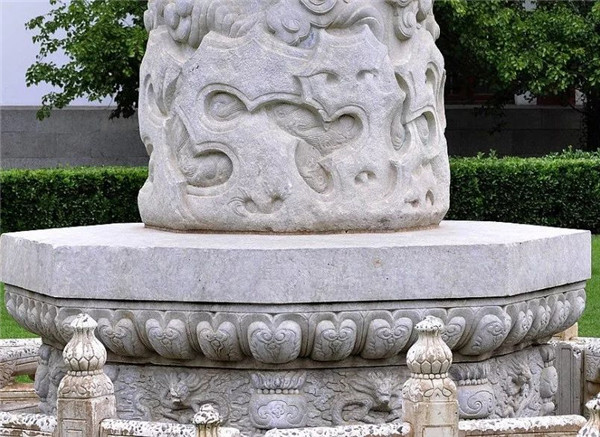
Huabiao on the North Side at PKU
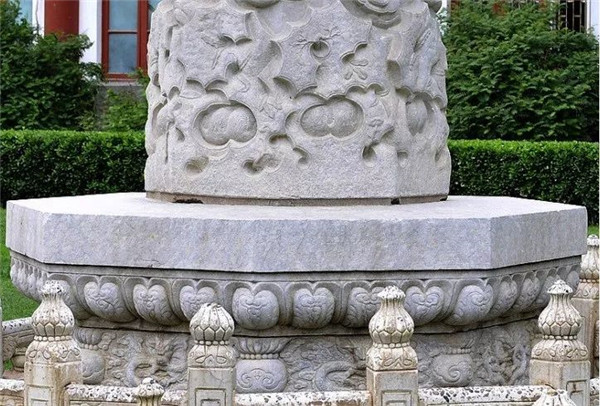
Huabiao on the South Side at PKU
The pair of Huabiao columns at PKU have withstood the testament of turbulent times, having been through the most unstable and chaotic moments in Chinese history. As of now, it has become an integral part of PKU, symbolizing the thriving and resilient community that lies in this campus. The mismatched Huabiao columns might not be switched to their right pair any time soon, but they have already become important tokens that represent us all.
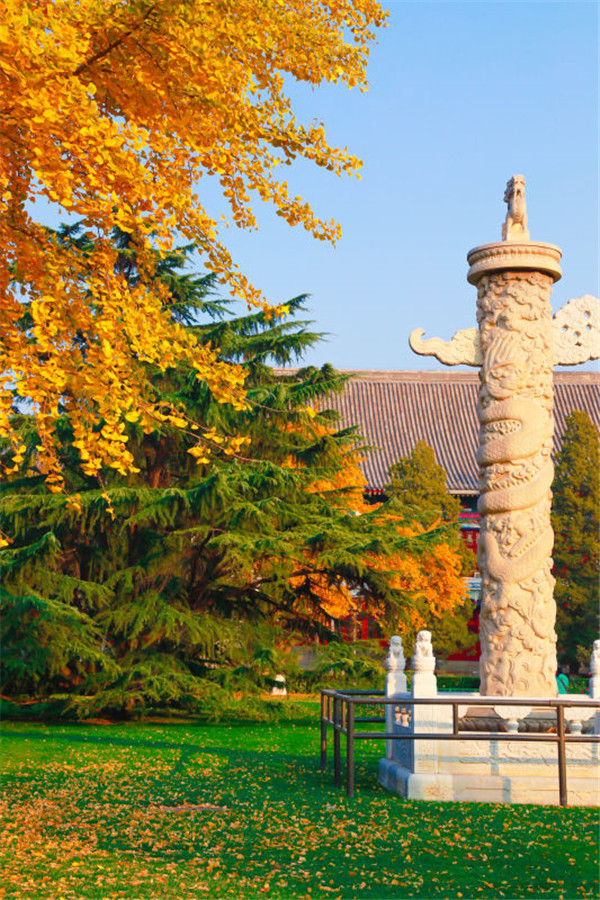
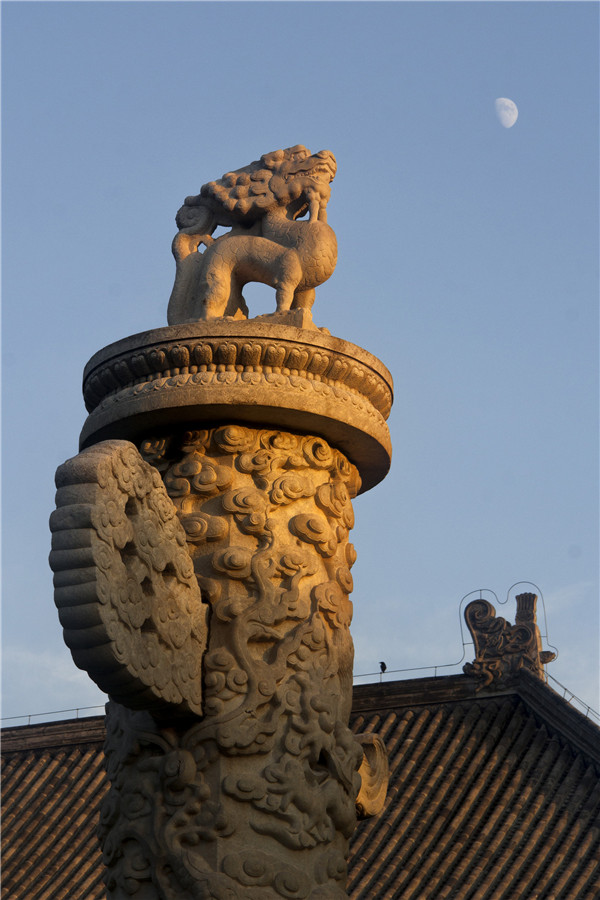
Photo credit to: Lv Chen, Chen Jingzhe, Yang Yujing, Beijing Evening News, VCG